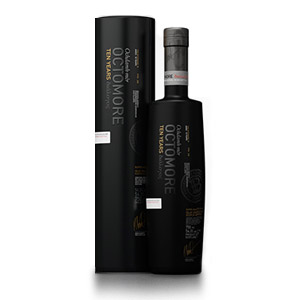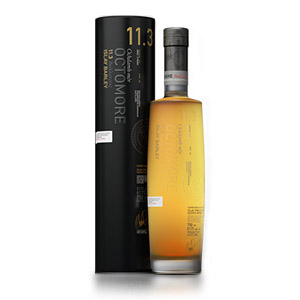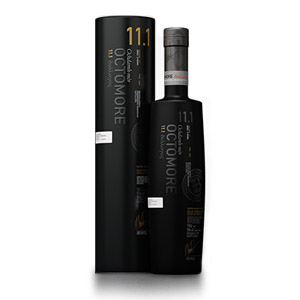Very Old Barton 90 Proof
It seems pretty silly to follow a bourbon review with a second review of the exact same thing, but 2% stronger. As far as I can tell online, there’s no other difference. Same age “ish” (4-6 years), same mash bill (75% corn, 15% rye, and 10% malted barley), same distillery (Barton 1792 Distillery)… 2% stronger. Woo. But why tho? Why indeed…










